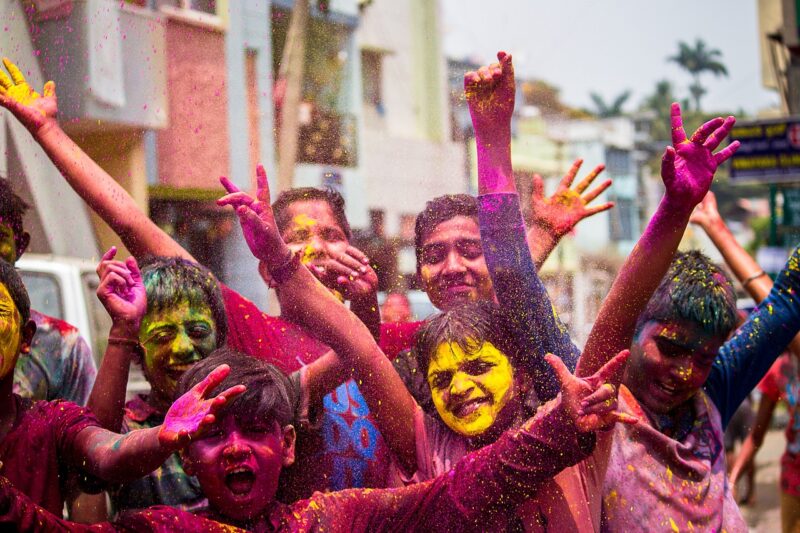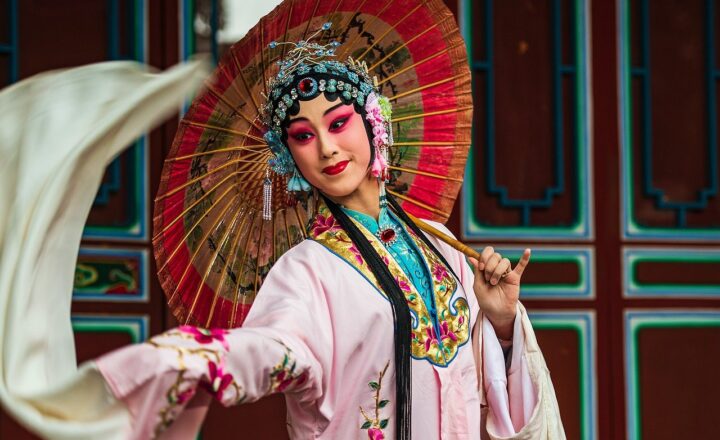The Strangest and Most Unique Holiday Traditions Around the World and What They Say About Human Culture
November 17, 2024

Around the globe, holiday traditions serve as rich tapestries that reflect the values, histories, and idiosyncrasies of various cultures. While many holiday customs mirror the ideals of harmony, familial connections, and gratitude, others may seem downright peculiar to outside observers. This article delves into some of the strangest holiday traditions from different corners of the Earth, exploring their origins and what they reveal about human culture.
1. La Tomatina: The World’s Largest Food Fight
In Spain, the small town of Buñol hosts La Tomatina on the last Wednesday of August. Thousands of participants converge to throw overripe tomatoes at each other, resulting in a massive, messy festival. What began as a spirited food fight in 1945 has evolved into one of the most unique celebrations in the world.
The origins of La Tomatina are somewhat unclear, but it symbolizes community spirit and joy through sheer messiness and fun. The collective embrace of chaos suggests an underlying message of unity and laughter, showcasing the importance of joy in human culture.
2. Night of the Radishes: A Creative Celebration in Oaxaca
Every December 23rd, townspeople in Oaxaca, Mexico participate in Noche de los Rábanos, or Night of the Radishes. This festival features intricate sculptures made from radishes, crafted to represent both traditional Mexican folklore and unique stories. The radish displays attract visitors from all over, creating a vibrant atmosphere of creativity and culture.
This unusual holiday tradition signifies the importance of artistry and storytelling in the fabric of society. It highlights how communities can express identity and history through food, showcasing the intersection of creativity and culture in an engaging way.
3. Baby Jumping Festival: El Colacho in Spain
In Castrillo de Murcia, Spain, a bizarre yet fascinating holiday occurs in June known as El Colacho, or the Baby Jumping Festival. During this unique event, men dressed as the devil leap over babies lying on mattresses. This act symbolizes the cleansing of sins and protection against evil spirits, and it is believed to bring good health and vitality to the infants.
This daring custom represents the lengths communities will go to protect their children while also showcasing how rituals involving shock and awe can forge communal bonds. The spectacle emphasizes the cultural significance of rituals in human society, especially those related to family.
4. The Monkey Buffet Festival in Thailand
Every November, the city of Lopburi, Thailand, hosts the Monkey Buffet Festival, during which locals prepare and serve thousands of pounds of fruits and vegetables for the town’s monkey population. This intriguing event not only attracts tourists but also highlights the long-standing relationship between humans and monkeys within the community.
This festival showcases the playful spirit of coexistence and an environment where nature and humanity can thrive together. The kindness shown to the monkeys resonates with broader themes of harmony and care for animals, revealing how cultural attitudes toward wildlife can shape human experiences.
5. Kanamara Matsuri: The Fertility Festival in Japan
Every April, Kawasaki, Japan, celebrates Kanamara Matsuri, a festival dedicated to fertility and safe childbirth. This unique event features a parade with phallic symbols, including elaborate floats and various merchandise that emphasize sexuality and fertility. Over the years, the festival has gained recognition as a fun and celebratory occasion, attracting tourists and locals alike.
The festival’s unabashed embrace of sexuality and fertility reflects deeply rooted cultural beliefs regarding creation and life. It also underlines the importance of humor and celebration in cultural practices surrounding fertility, health, and community well-being.
6. The Krampusnacht: A Dichotomy of Good and Evil
In many Alpine regions, the eve of St. Nicholas Day on December 5th is celebrated with Krampusnacht, where people dress as Krampus, a mythical creature that punishes naughty children. This fascinating holiday tradition contrasts the benevolent St. Nicholas with Krampus, showcasing the duality of morality present in many cultures.
Krampusnacht reflects the age-old human fascination with good versus evil, serving as a cautionary tale for children. It highlights the community’s role in imparting values, morality, and culturally-recognized consequences for misbehavior.
7. Chuseok: The Korean Harvest Festival
Chuseok, also known as Korean Thanksgiving, takes place in Korea during the autumn solstice and is a time to celebrate the harvest and honor ancestors. Family members gather to share traditional foods and visit ancestral burial sites with offerings of rice, fruit, and traditional foods.
While not strange in the traditional sense, Chuseok stands out for its unique combination of cultural reverence and celebration of food, emphasizing how deeply intertwined familial obligations and harvest celebrations can forge stronger family bonds and cultural identity.
8. Holi: The Festival of Colors in India
Each spring, people in India celebrate Holi, the festival of colors, by throwing colored powders and water, dancing, and feasting. This vibrant festival celebrates the arrival of spring, the triumph of good over evil, and interpersonal connections.
Holi’s exuberance transcends age, social status, and religion, creating a strong sense of community. The act of splashing colors embodies joy and togetherness, demonstrating how shared festivities can erase social boundaries and reinforce the human connection.
Conclusion
These unique holiday traditions across the world reveal the fascinating spectrum of human culture, values, and beliefs. From joyous celebrations and bizarre customs to creative expressions of identity and family bonds, holiday traditions serve not only as reflections of cultural values but also as unifying experiences that build community ties. Understanding these peculiar practices helps us appreciate the diversity of human life and the creativity found in our shared celebrations.
As we explore the richness of culture around the globe, it becomes evident that, despite geographical differences, the essence of human connection thrives within the spirit of celebration, laughter, and shared stories.








